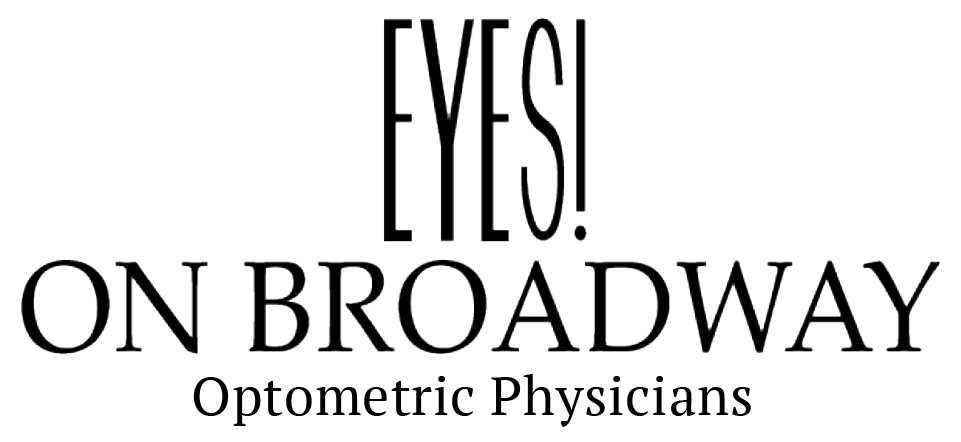A Clear View: The History of Glasses for Corrective Vision
The glasses we know today, which effortlessly correct many vision problems, are a product of centuries of innovation and refinement. They have played an irreplaceable role in enhancing the lives of countless individuals worldwide. So, where did it all begin? Let's embark on a journey through the remarkable history of glasses for corrective vision.
1. The Early Days: 1st Century AD to 13th Century AD
The origins of vision correction can be traced back to the Roman Empire in the 1st Century AD, where Seneca, the tutor of Emperor Nero, used a glass globe filled with water to magnify text. However, the first documented use of a corrective lens dates back to 13th-century Italy. Monks and scholars of this era began experimenting with segments of glass spheres that could magnify text, leading to the development of the first "reading stones" or magnifying glasses. These devices were not wearable, but they laid the groundwork for the glasses that would come.
Dating back to 13th-century Italy, monks and scholars of this era began experimenting with segments of glass spheres that could magnify text, leading to the development of the first "reading stones" or magnifying glasses. Image: Dreamstudio.ai
2. Birth of Spectacles: 13th Century AD to 15th Century AD
In the late 13th Century, Italian inventors created the first wearable glasses. They were a pair of glass-blown lenses set into wooden, leather, or metal frames and held before the eyes using a handle. By the end of the 14th Century, these ‘rivet spectacles’ were being produced on a larger scale in Venice and Florence, marking the beginning of a transformative industry.
In the 15th Century, glasses took a significant leap forward in functionality and design. Artisanal guilds began to produce spectacles with connecting bridges and temples that sat on the ears, a design that persists today. These new glasses could correct both hypermetropia (farsightedness) and myopia (nearsightedness).
3. Innovations and Improvements: 16th Century AD to 18th Century AD
The 16th Century saw the invention of concave lenses for the correction of myopia. This was a critical development as previously, only convex lenses (for hypermetropia and presbyopia) were available. By the end of the century, Spain and Germany had become the most innovative countries in the production of eyeglasses.
In the 18th Century, the design of glasses improved significantly, with London-based optician Edward Scarlett introducing rigid sidepieces that rested atop the ears, ensuring they remained firmly in place. Benjamin Franklin, in the mid-18th century, invented the bifocal lens, enabling users to see both near and far without changing glasses. This marked another major milestone in the history of glasses.
4. Industrialization and Modern Glasses: 19th Century AD to Present
The 19th Century brought about the industrialization of spectacle-making, enabling mass production. Glasses started to become more than just vision correction devices; they turned into fashion accessories, with frames available in various materials and styles.
These modern, be-jeweled glasses on display at Eyes on Broadway’s Portland, Oregon shop show just how far things have progressed from the early glass globes filled with water! Image: Dan Meyers
In the 20th Century, the invention of plastic made glasses lighter, safer, and more comfortable. Contact lenses also came into existence, first as hard glass in the 1880s, then as soft, permeable versions in the 1950s. Today, advancements in technology have led to corrective procedures such as LASIK surgery, photochromic lenses that adapt to changing light conditions, and even smart glasses. Despite these advancements, the fundamental eyeglasses, in their many forms and styles, continue to be a crucial tool for vision correction.
Conclusion
From humble beginnings as a pair of glass-blown spheres held before the eyes, glasses have transformed tremendously over the centuries. They have evolved in design, comfort, and functionality, correcting vision imperfections for millions globally. In addition, they've become a form of personal expression, reflecting individual styles and personality. Undoubtedly, glasses have a rich and fascinating history. As technology progresses, the evolution of these vital instruments of sight promises to be just as intriguing in the future.


